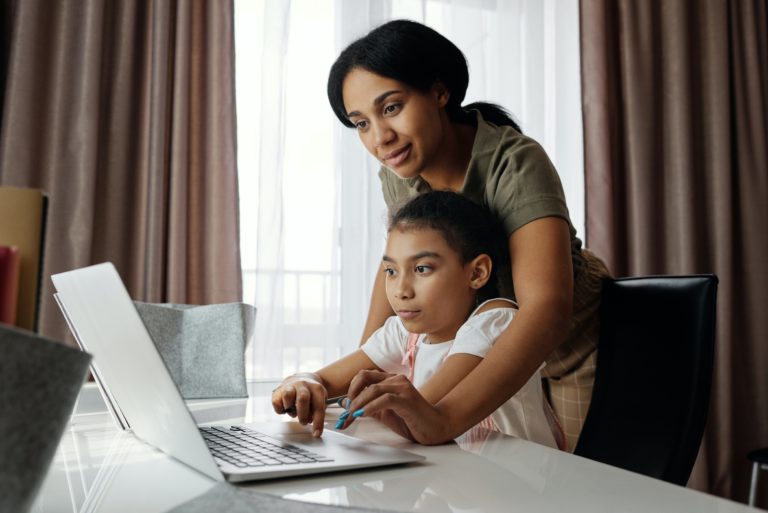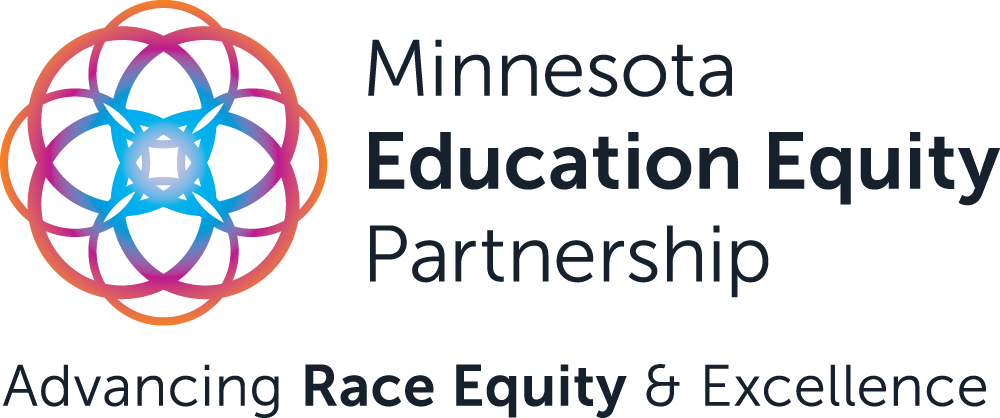
Best practices for communicating with Emerging Multilingual Learner (EML) families during the 2020-21 school year
Emerging Multilingual Learners (EML, often called “English Learners”) and students from immigrant families are the fastest-growing student group in Minnesota, totaling 73,919 students in the 2018-19 school year (more than 8% of all public-school enrollments).
As we begin the new school year, it’s essential that our schools and districts promote equitable practices that support our EML students and their families, and ensure Minnesota advances race equity and education excellence for all students.
We must create education spaces that not only support, but also celebrate and honor the linguistic diversity and richness of culture that our children bring into our schools each and every day. History matters. Equity matters. Justice matters. And, language matters.
To ensure EML families have the information they need to make well-informed decisions about their child or children’s learning during the school year, the MnEEP EML Network has outlined steps to improve school-based and district-level communications with EML families.
The COVID-19 pandemic has demonstrated the need to continue working to improve the ways that educational institutions and systems communicate with and support EML families and students. It is MnEEP’s hope that schools and districts will employ these recommendations, with support from MDE.
While it is imperative to implement the following best practices in communications during the 2020-21 school year, these multi-pronged approaches for communicating with EMLs should be implemented well beyond the current COVID-19 pandemic.
Recommendations for School-based Communications
1) Schools should communicate with parents through a variety of ongoing touchpoints (phone calls, texts, social media, surveys and emails).
Schools and Districts should communicate with EML families through multiple forms of communication, to ensure at least one source of communication will reach all families. Additionally, schools and districts should not rely solely on one mode of communication, as it will not likely be sufficient in meeting the communication and informational needs of all EML families. There should also be ways for families to communicate feedback to schools about what type of communication is most preferred.
2) Schools should prioritize communications with hard-to-reach immigrant and refugee households, including families with Limited English Proficiency, parents with low literacy skills (in any language) and/or low digital literacy skills.
The following are some approaches to communicating complex information to immigrant and refugee families:
a) Preferred language: Whenever possible, communicate with families in the language that they prefer. This includes all forms of communication–written and verbal.
b) Phone calls: Prioritize direct phone calls to immigrant families. This personalized and individual outreach method is the most effective at reaching immigrant families.
c) Videos: Sharing informative videos through social media, TV and text messaging applications in families’ home languages will ensure that low-literacy households are able to understand the intricacies of whatever learning model the school and district are using.
d) Radio: Employing ethnic/local radio communications is another strategic approach to reach low-literacy and low-digital literacy individuals in specific communities.
e) Texts/WhatsApp/WeChat: Regular and clear text messages in families’ home languages should be employed to share important deadlines and reminders. Schools should also create an easy way to update cell phone information (such as text XX to #### to sign up to receive information).
3) Schools should be guided on the best approaches to strategically leverage social media.
The following list can help schools understand how to best employ social media.
a) Videos: Families with low-literacy skills benefit tremendously from video communications, as they can be employed to explain very complex and time-sensitive information. Schools should deploy videos to explain to families the type of learning model employed by the school and how to share their preferences with the school. These videos should not simply be posted on a school or district website, as some EML families do not have the digital literacy to locate content on complex websites.
b) Pictures and infographics: Much like videos, graphics can be deployed to explain information quickly to a broad audience. Infographics may not be as well suited as videos to deliver in-depth information, yet they can be useful to explain the top line ideas schools would like parents to remember and where to get more information.
c) Where to find information: Schools should share links to their school website and share where more information can be found on social media.
d) Contact information: Social media is a great place to share with families important school-based contacts. Schools should also include how to contact the school if you do not speak English. Schools should be encouraged to have a Facebook or other social media account that is regularly updated.
e) Deadlines and reminders: It is important for schools to use multiple platforms to remind families of important deadlines or timelines.
Important Social Media Sources:
Recommendations for District-based Communications
1) Districts should share central messaging with schools to ensure uniformity and consistency.
Districts should create videos, graphics, and pre-packaged messaging for schools to use in their communications with EML families.
2) Districts should share translated videos, pamphlets, one-pagers and graphics to the community-based places where EML and immigrant families may find the information.
a) Immigrant/refugee serving organizations: Legal services; immigrant rights CBOs; academic support CBOs; direct services CBOs; worker rights, work training, career, and employment centers; adult literacy CBOs. If possible, provide funding opportunities for these community-based organizations to broadly share this information with their constituents.
b) Health and social services organizations: Hospitals; clinics; health access CBOs; social work organizations (e.g. places to apply for SNAP or other public services)
c) Religious institutions: Churches; mosques; temples; other religious centers that serve immigrant communities
d) Large immigrant employers: restaurants; supermarkets; factories; cleaning services; dollar stores; laundromats; pharmacies
e) Other places immigrants may find the info: Bus/metro ads; food banks
Additional EML Family Communications Considerations
Hard-to-reach EML families may not be online. Districts and schools should not rely on solely online communications. Emails and websites should be only one of multiple options for communicating effectively with EML families.
- Schools and/or Districts should create a directory of up-to-date contact information for each school, including their parent and/or cultural liaisons.
- Schools should use their parent and/or cultural liaisons as the main point of contact for EML families .
- Websites should be more parent-friendly, use more basic language, and be vetted by LEP and low-digital literacy parents.
- Important information about learning during COVID and ELLs should be easily found on the homepage without any additional clicks.
- Districts should ensure that all schools have a website that has up-to-date contact information.
- Content should not be sent in large paragraphs. Districts and schools should ensure information for EML families is clear, concise and bulleted or displayed in easily understandable chunks. Information shared should always strive to include resources for EML families. Content should be vetted to ensure that it is EML family-friendly.

